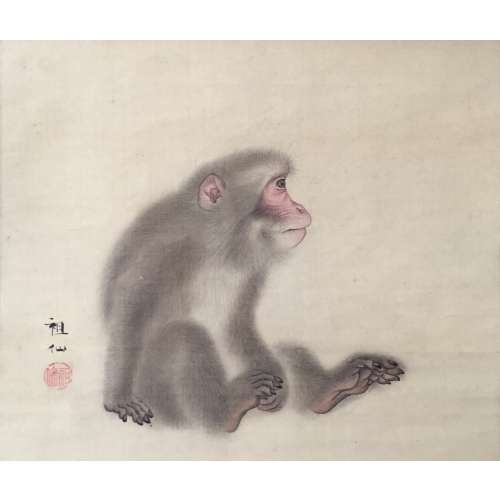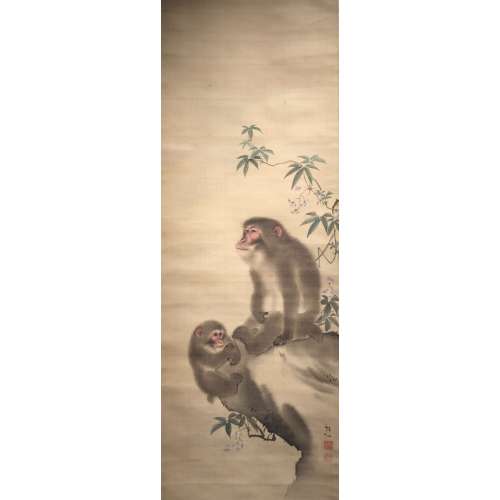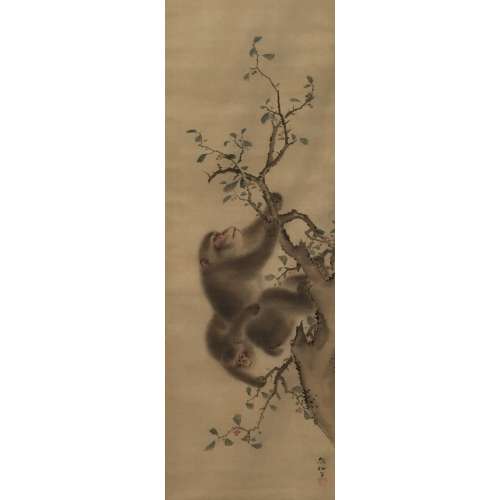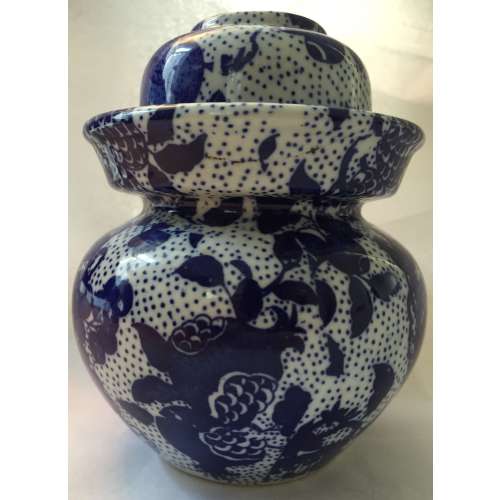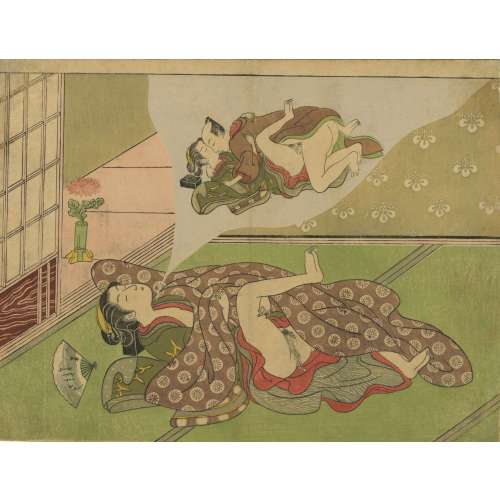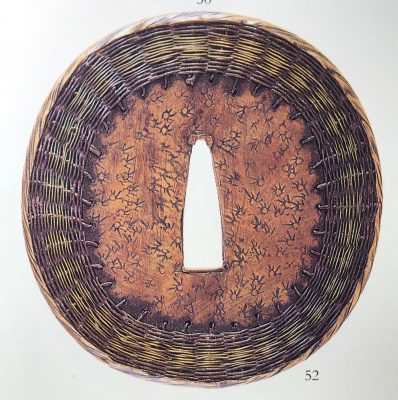
Compton Collection, vol. 2, p. 26-27, №52.
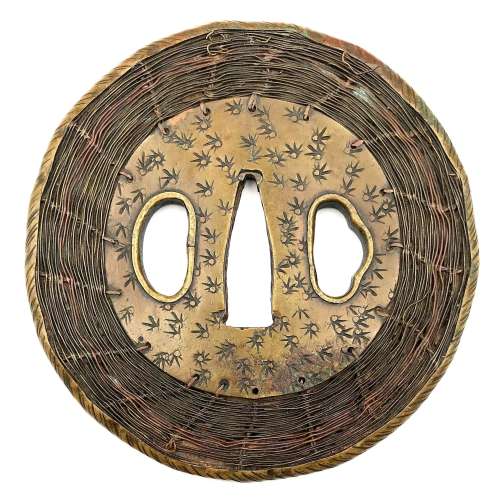

Compton Collection, vol. 2, p. 26-27, №52.

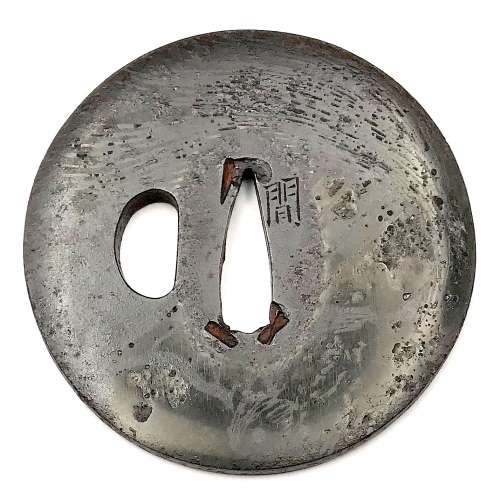

The design was popular among the tsuba makers. We find one in the Alexander G. Moslé collection [Japanese Sword Fittings from the Alexander G. Moslé Collection; Sebastian Izzard LLC, 2004, page 90, №123] signed Nagatsune with kaō: Tsuba with cormorant fisherman, moon, and boat. Squared-oval shibuichi plate, slightly raised rim, engraved, pierced, and inlaid with soft metals in relief. 6.7 x 5.8 cm.

Alexander G. Moslé collection №123.
Another reference: Lundgren Collection, 1990, page 86 №207: Sword guard with design of ushō (person who fishes with cormorants). Signed by Nagatsune. Ichinomiya school. 6.45 x 5.95 x 0.40 cm. Polished shibuichi taka-bori relief, gold and silver inlay. Edo period, 18th century.

Lundgren Collection №207:


7-U17. Ron Hartmann Collection.
Kanazawa in Kaga was a centre of fine metal work during the whole of the Tokugawa period. At first the inlayers of Fushimi following the Daimyo Maeda went to Kanazawa, then some of the Gotō masters proceeded from Kyoto for short periods to work for the Daimyo, so that their influence was strongly impressed upon Kaga work..." A somewhat look-a-like tsuba is illustrated at plate XXVIII, Kaga Inlay, №653 with the following description at page 52: "Shakudō, inlaid with five insects in gold: crickets, praying mantis, grasshopper, in the style of Takagawara Ujitsugu.According to M. Sesko, Ujitsugu was a master from Katsuki and Kaneko School in Kaga, son of Ujihira. Ujihira's father Ujiyoshi died in 1802. This brings us to the mid-19th century, instead of mid-18th or earlier. On the other hand, a very much look alike specimen at MFA collection (ACCESSION NUMBER 17.1061) has the with the following description: Edo period. Late 18th–early 19th century. Murakami School. Main material: shakudo; other metals: gold; decorative technique: iroe hirazogan.

MFA # 17.1061
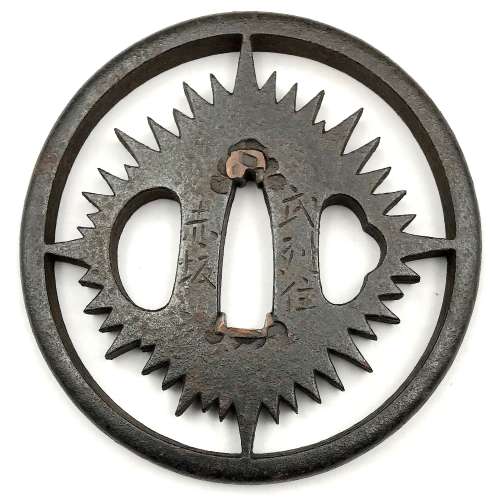
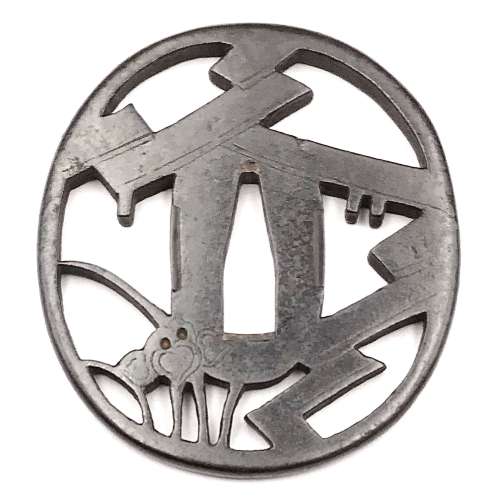


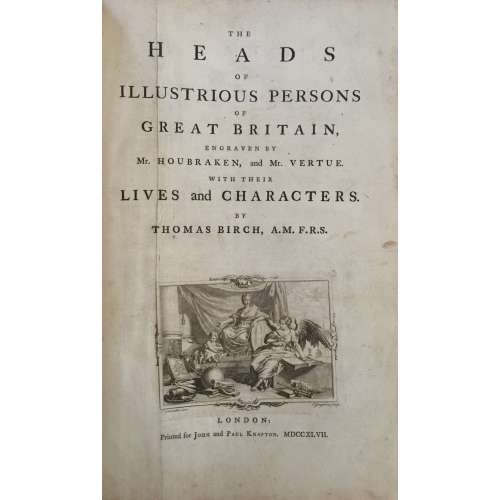
The Heads of Illustrious Persons of Great Britain Engraven By Mr. Houbraken And Mr. Vertue. With Their Lives And Characters by Thomas Birch, A.M.F.R.S. Two Volumes in One. Published for John and Paul Knapton, London, 1747. 108 engraved portraits.
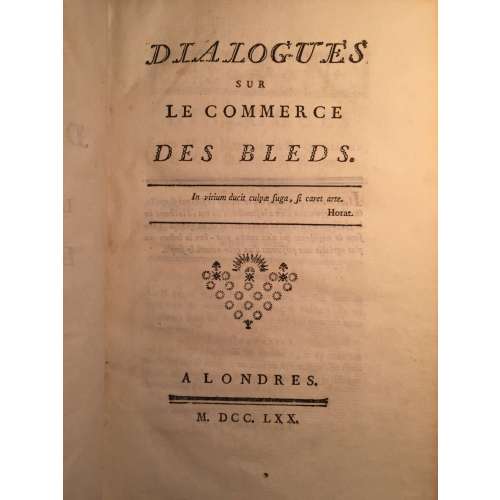
GALIANI, Ferdinando, Abbé. Dialogue sur le commerce des bleds. Londres, 1770. L'Abbé Roubaud, Pierre Joseph André. Récréations économiques ou lettres de l'auteur des représentations aux magistrats, a M. le chevalier Zanobi, principal interlocuteur des Dialogues sur le commerce des bleds; Amsterdam & Paris, Delalain, 1770. Béguillet, Edme. De principiis vegetationis et agreculturae et de causis triplicis culturae in Burgundia disquisitio physica. Auctore E.B.D. ex Societate Œconomica Lugdunensi; Divione, 1768.
